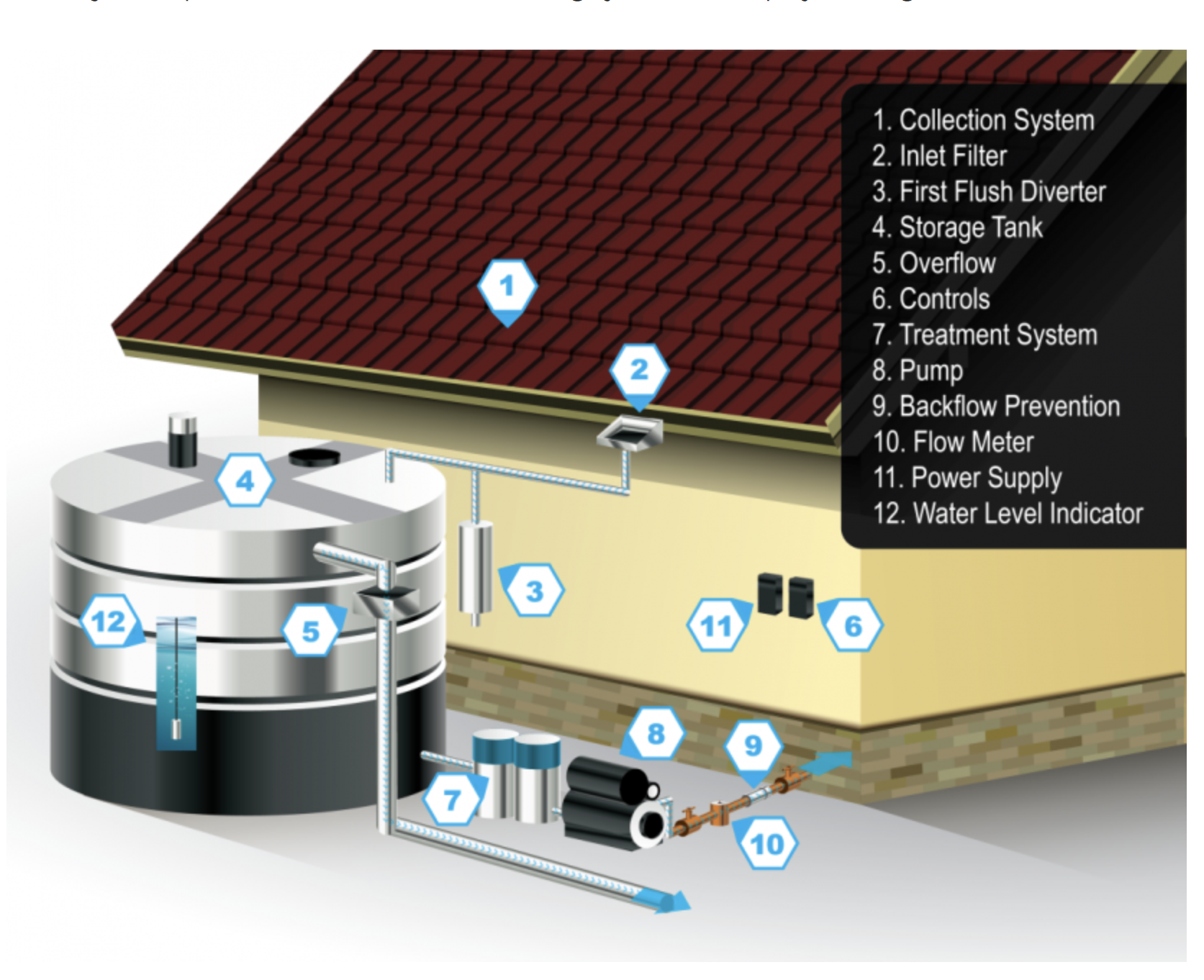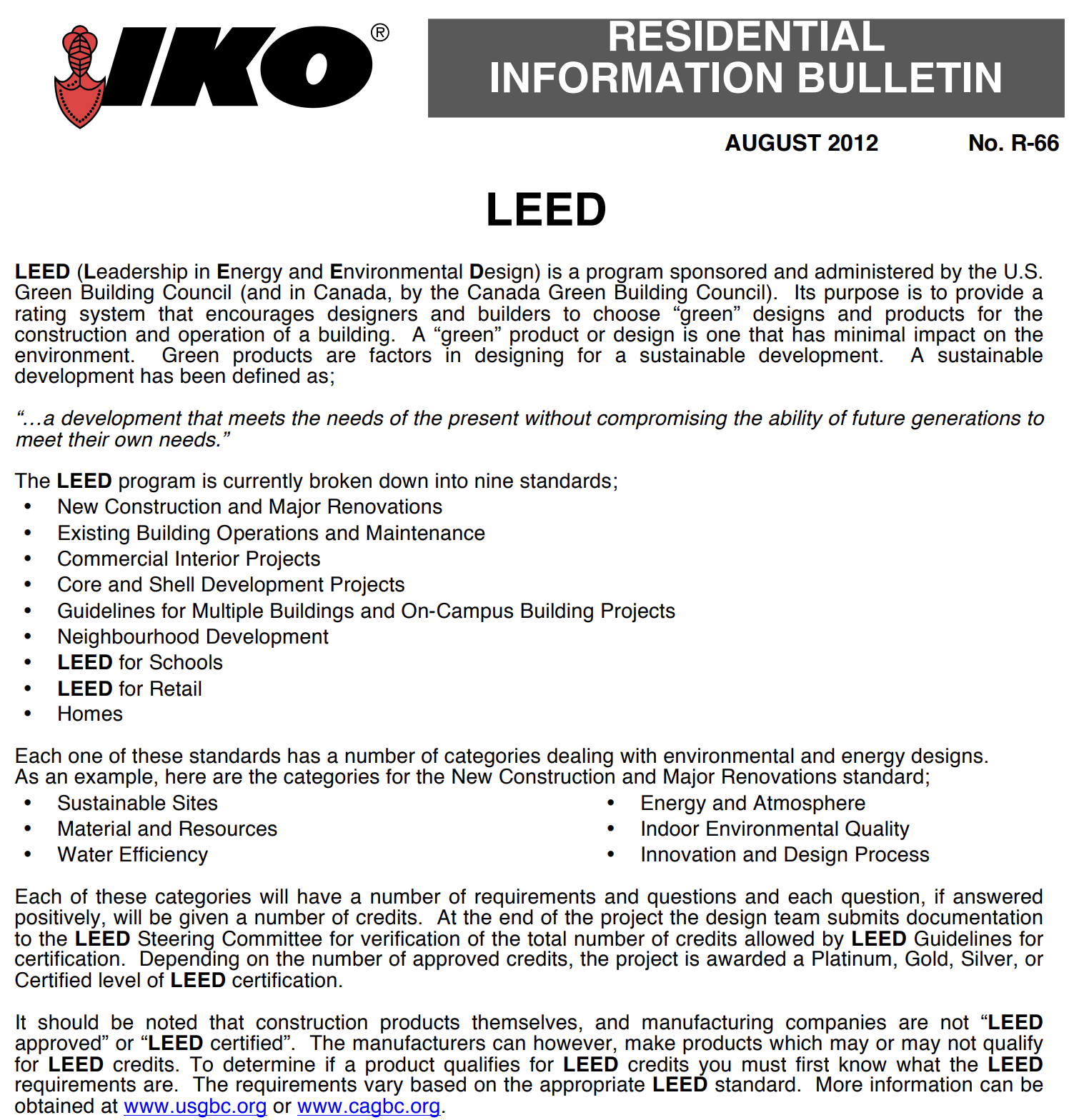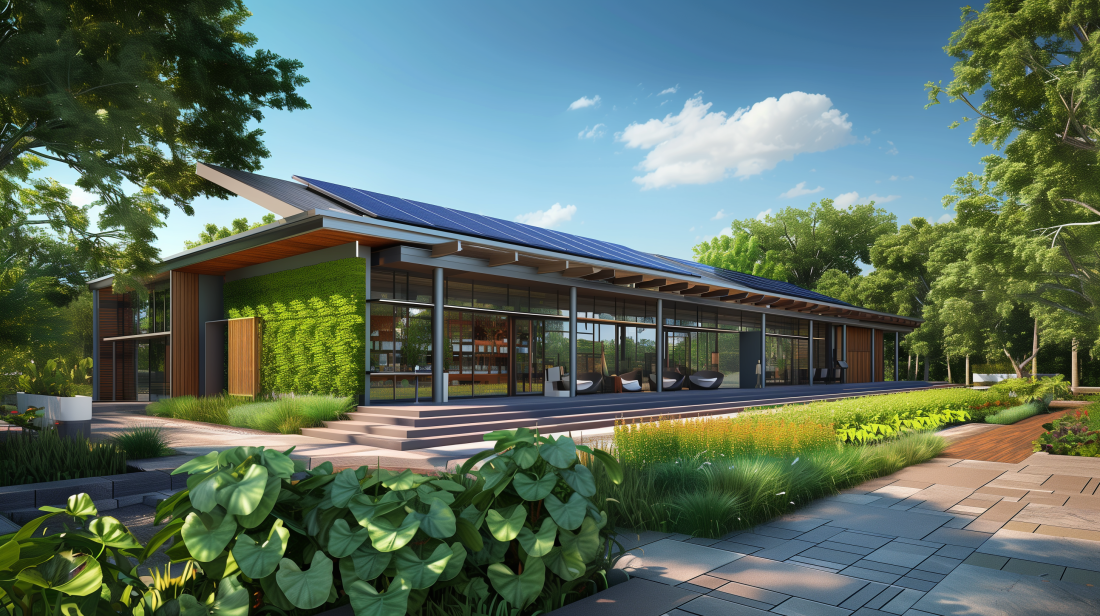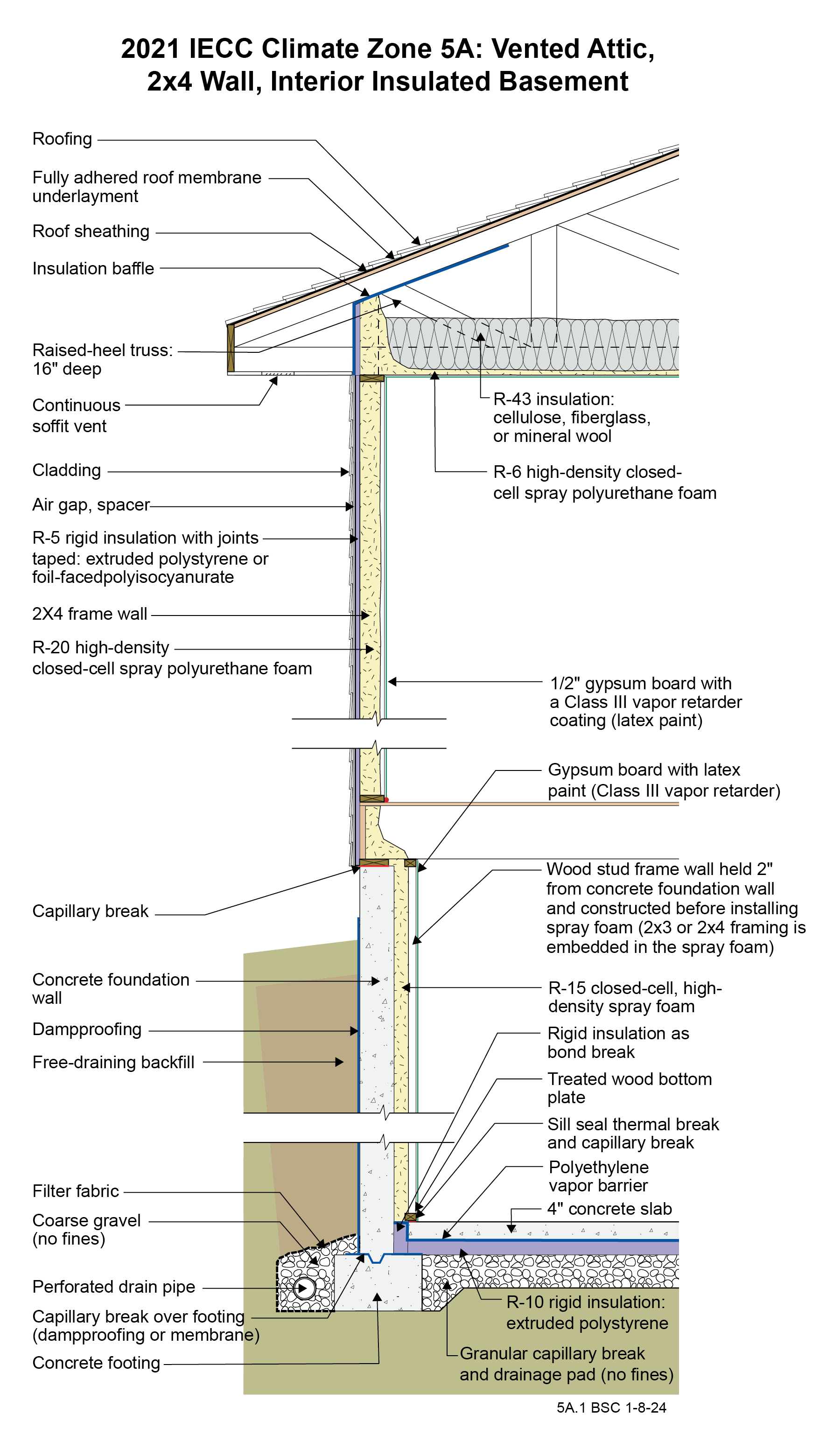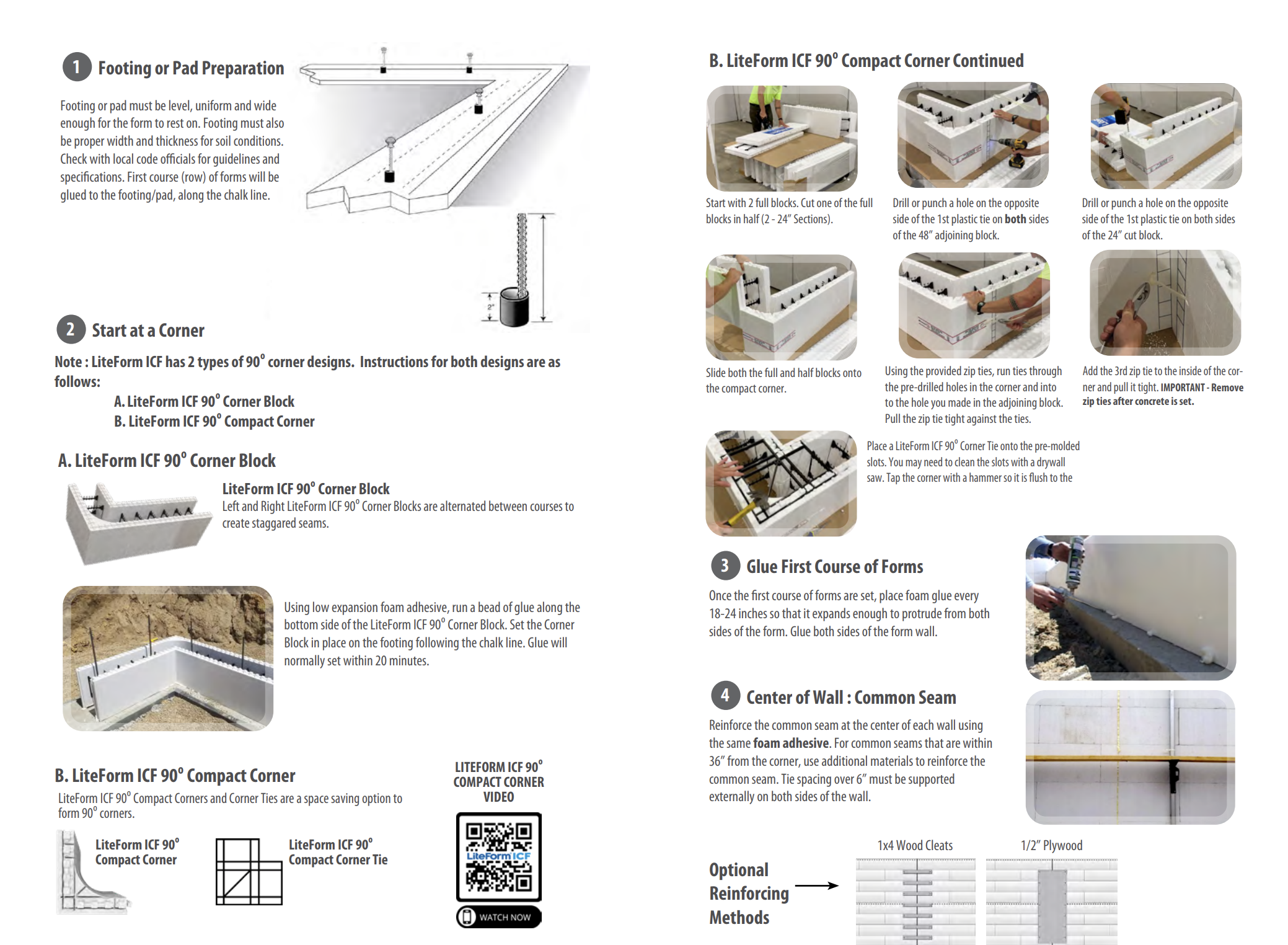Potable rainwater collection systems are becoming a vital component of sustainable living in arid regions. This guide aims to simplify a comprehensive framework for the design, installation, and maintenance of these systems, making it accessible to homeowners and builders interested in implementing a sustainable water solution.
What is Potable Rainwater Collection?
Definition of Potable Water:
Potable water is defined as water that is safe for human consumption, free from harmful chemicals and biological contaminants, and meets the health standards set by public health authorities.
Applications of Potable Rainwater:
Rainwater collected and treated under these guidelines can be used for drinking, cooking, bathing, and other household needs, especially in areas where traditional water supply systems are either insufficient or non-existent.
Benefits of Rainwater Harvesting:
- Reduces Water Bills: By using harvested rainwater for gardening, flushing toilets, and washing cars, households can significantly reduce their water bills.
- Alleviates Demand on Municipal Supply: During peak summer months, rainwater can supplement the regular supply, easing the stress on municipal water sources.
- Reduces Flood and Soil Erosion: In urban areas, RWH can control stormwater runoff, decreasing the risk of flooding and soil erosion.
Approved Surfaces for Collecting Potable Rainwater
Ideal Roofing Materials:
- Tile: Ceramic or slate tiles are excellent for rainwater collection due to their impervious and non-toxic nature.
- Metal: Metal roofs, including galvanized steel, are popular for their durability and effectiveness in rainwater collection.
- Concrete and Fiberglass: These materials are also suitable due to their robust and impervious characteristics.
Each of these materials offers a smooth, non-absorptive surface that minimizes the potential for contaminants entering the water system.
Materials Requiring Caution:
- Asphalt Shingles: While commonly used, asphalt shingles may leach chemicals and require more intensive filtration and testing to ensure water safety. Many manufacturers advise against water collection using asphalt shingles.
- Galvanized Metal: This material may need specific considerations regarding potential leaching of zinc, which necessitates additional filtration.
Considerations for Collection Surfaces
Surface Condition and Maintenance:
The cleanliness and condition of the collection surface directly affect water quality. Regular maintenance, such as cleaning and inspecting the roof and gutters, is essential to prevent contamination.
Prohibited Collection Areas:
- Vehicular and Pedestrian Surfaces: These areas are not suitable for potable water collection due to the high risk of contamination.
- Areas Below Appliances: Surfaces under roof-mounted units like HVAC systems or solar panels that might bleed or overflow should not be used for collecting potable rainwater.
Roof Washer Requirement:
To ensure the initial rainwater, which might contain debris and contaminants from the roof, does not enter the storage system, a roof washer or first-flush device is recommended. This device diverts the first flow of rainwater away from the storage tank, greatly enhancing water quality.
Additional System Design Considerations
Testing and Filtration Needs:
Depending on the roofing material, the collected rainwater may require different levels of testing and filtration. For example, water collected from asphalt shingles may need to be tested for specific contaminants such as PAHs and metals.
Legal and Regulatory Compliance:
Always ensure that your rainwater harvesting system complies with local building codes and regulations, which may dictate specific requirements for materials, design, and implementation.
Implementing Rainwater Harvesting Systems
Key Components of a Potable Rainwater Harvesting System
1. Collection Surface
- Suitable Materials: Only impervious roofing materials approved for potable collection, such as tile, metal, or slate, should be used.
- Prohibited Surfaces: Collection from surfaces like parking areas or pedestrian pathways is not allowed unless the water is used for non-potable purposes like irrigation.
2. Conveyance System
- Gutters and Downspouts: Must be constructed from non-toxic materials compatible with the collection surface and water usage goals.
- Roof Washers and First-Flush Diverters: These devices ensure that the initial, most contaminated water does not enter the storage system.
3. Storage Tanks
- Materials and Construction: Tanks must be made from durable, non-toxic, and corrosion-resistant materials.
- Placement and Installation: Proper installation is crucial to prevent contamination and ensure efficiency, with specific guidelines for above-ground and below-ground tanks.
4. Filtration and Disinfection Systems
- Filtration: Necessary to remove particulates and contaminants before the water is used.
- Disinfection: Ensures the water is free from pathogens and safe for consumption.
5. System Maintenance
- Regular Inspections: Components such as tanks, filters, and conveyance systems need regular checks to ensure they function correctly and safely.
- Cleaning and Testing: Tanks should be cleaned periodically, and water quality should be tested to ensure safety.
Quality and Safety Measures:
- Non-potable Systems: For garden and toilet use, simple filtration systems are sufficient.
- Potable Systems: For drinking water, more intensive filtration and disinfection processes are necessary to ensure safety.
Step-by-Step Guide to Designing Your Rainwater Harvest System
Step 1: Determine Your Water Needs
Assessing Consumption:
- Calculate your monthly water usage by reviewing past utility bills or water hauling records.
- Consider seasonal variations in water usage which could affect the storage capacity needed.
Step 2: Calculate Harvest Potential
Surface Area and Rainfall:
- Measure the catchment area (usually the roof) to estimate how much water you can collect.
- Use local rainfall data to calculate potential monthly and annual harvest volumes.
Storage Capacity:
- Decide on the size of your storage tanks based on the harvest potential and your water needs.
- Consider having enough capacity to get through dry spells without additional water sources.
Step 3: System Design
Component Selection:
- Choose gutters, pipes, and pumps that are suitable for potable water use and local weather conditions.
- Include first-flush diverters and filters to improve water quality before it enters storage.
Accessibility and Maintenance:
- Design the system for easy maintenance, ensuring all components are accessible.
- Consider the environment — ensure pipes and tanks are insulated or buried if freezing temperatures are common.
Step 4: Installation and Cost
Professional Assistance:
- Hiring a qualified contractor who is familiar with local codes and best practices is crucial.
- They can help determine the exact materials and configurations needed for your specific site.
Cost Considerations:
- Initial setup costs can vary widely based on system complexity and storage capacity.
- Ongoing maintenance and potential upgrades should also be factored into the budget.
Maintenance and Care
To ensure the effective operation of a rainwater harvesting system, regular maintenance is crucial. This includes cleaning gutters, inspecting system components, and ensuring the water treatment components are functioning correctly. Periodic testing of water quality, especially for systems used for potable water, is essential to maintain safety standards.
Challenges and Considerations
While rainwater harvesting is a robust solution for many water scarcity issues, it also faces challenges such as initial installation costs, space requirements for large storage tanks, and potential legal and health issues depending on local regulations. However, with proper planning and implementation, these challenges can be effectively managed.
Conclusion
Rainwater harvesting is a practical and eco-friendly approach to managing water resources. It not only helps in reducing the consumption of municipal water but also plays a crucial role in sustainability and resilience against water-related challenges. By understanding and implementing rainwater harvesting systems, individuals and communities can contribute significantly to a sustainable future.
For immediate service or consultation, you may contact us at Allied Emergency Services, INC.
Contact Information:
- Phone: 1-800-792-0212
- Email: Info@AlliedEmergencyServices.com
- Location: Serving Illinois, Wisconsin, and Indiana with a focus on the greater Chicago area.
Disclaimer: This article is intended for informational purposes only. For professional advice, consult experts in the field.






